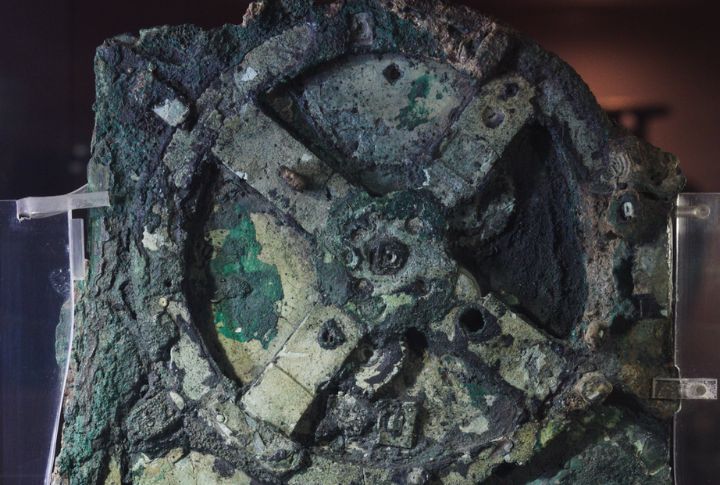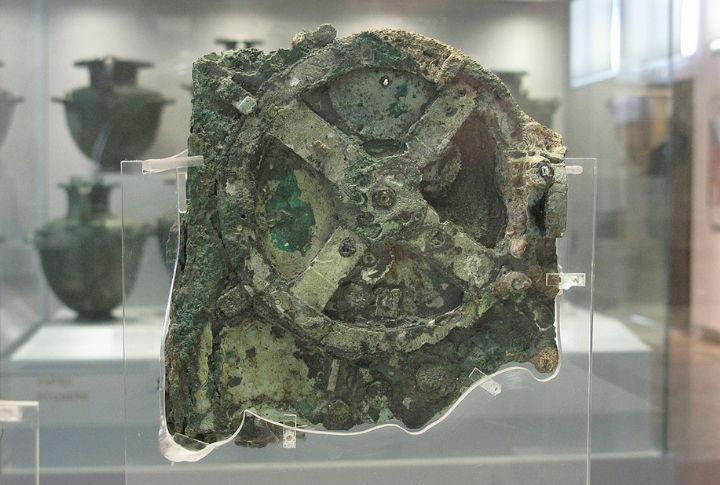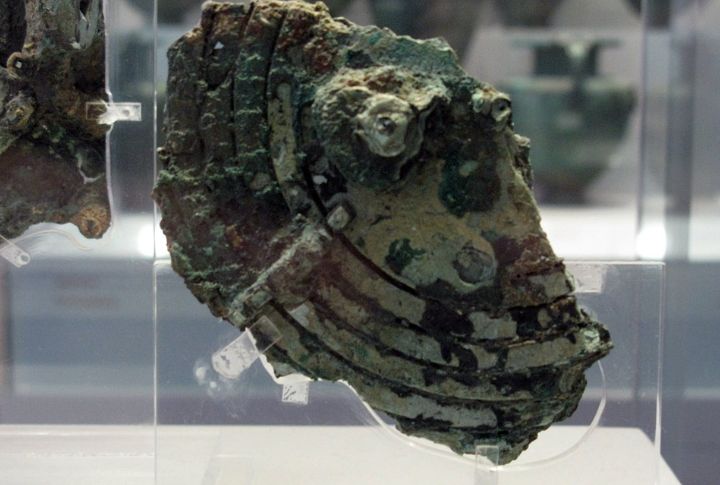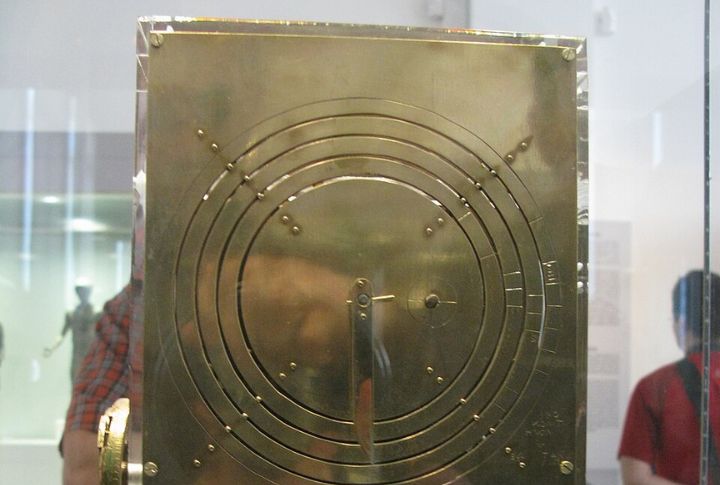
The Antikythera Mechanism is one of history’s most remarkable technological finds. Found submerged off a Greek island in 1901, it reshaped how you see ancient engineering and astronomical knowledge. This device challenges ideas about early mechanical sophistication. It’s time to find out how it changed technology history.
An Unintended Underwater Treasure

In 1901, a sponge diver stumbled onto what looked like junk metal off Antikythera. It turned out to be part of a mechanical device built around 100 BCE. The level of detail hidden in those corroded pieces opened up an entirely new view of ancient craftsmanship.
The Moment That Sparked Scientific Interest

In 1902, Greek politician Spyridon Stais spotted a gear embedded within a corroded bronze fragment at the National Archaeological Museum in Athens. Intrigued, he alerted his cousin, museum director Valerios Stais, who began the first detailed examination of what would become known as the Antikythera Mechanism.
The Oldest Known Analog Computer

Before Europe had clocks or calculators, the Greeks had this. The Antikythera Mechanism used gears and dials to calculate astronomical events with jaw-dropping precision. It wasn’t digital, but its logic-driven parts earned it the title of the world’s first known analog computer.
Complex Gear Systems Ahead Of Their Time

The mechanism contains over 30 interlocking bronze gears arranged with remarkable precision. This type of gearwork wouldn’t reappear in Europe until more than a thousand years later. Ancient engineers clearly achieved mechanical feats that modern scholars still admire and study today.
The Mystery Of Missing Components

What we have is likely just half the story. Scholars suspect the original device included dials for planets, zodiac signs, and more. Reconstructing it is like assembling a jigsaw puzzle with missing pieces—and it only gets harder when you’re missing the box art, too.
Inscribed Texts Provide Clues

Tiny Greek inscriptions carved into the surface help decode its functions. These provided instructions and astronomical data. The writing reveals that beyond just building for themselves, the Greeks were documenting for others, leaving behind a mechanical guidebook.
Radiographic Imaging Reveals Inner Workings

Non-invasive imaging techniques such as high-resolution X-rays and computed tomography enabled researchers to analyze the Antikythera Mechanism’s internal architecture without physical interference. Such scans uncovered intricate gear arrangements previously obscured by corrosion.
Potential Influence On Later Inventions

Though uncertain, the mechanism’s mechanical concepts possibly inspired medieval European clockmakers. Similar gear systems in Renaissance devices echo its design principles. This suggests a historical thread of knowledge transmission that might bridge classical and later technological developments.
Restoration And Preservation Efforts

Conservators employ advanced methods to stabilize the fragile bronze and prevent deterioration. Balancing preservation with accessibility requires delicate treatments and controlled environments. These efforts ensure that future generations can study and admire one of antiquity’s most remarkable inventions.
Rebuilding The Antikythera Mechanism

Modern researchers crafted new models of the Antikythera Mechanism, revealing remarkable complexity. Radiocarbon dating places its origin around 65 B.C., though newly deciphered lettering suggests 150 to 100 B.C. Their reconstruction includes 37 gear wheels, with seven based on informed hypotheses.

